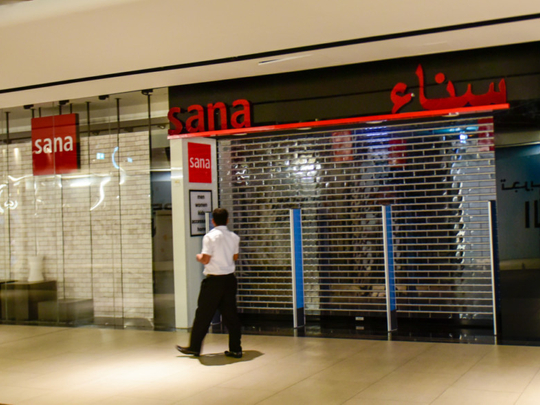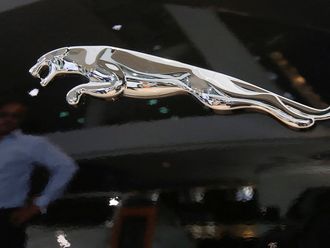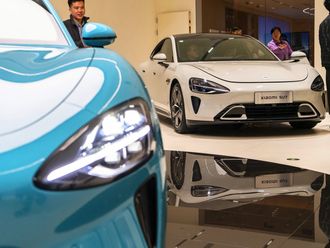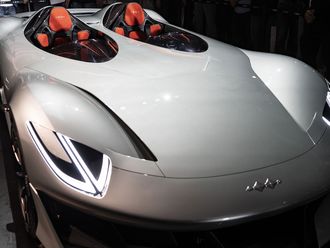
DUBAI: Sana, one of the Gulf’s oldest fashion retailers, is closing down its 35 branches across the region, making over 1,000 staff redundant in the process.
The clothing stores, which are located in the UAE, Oman, Bahrain, Qatar, and Saudi Arabia, are set to shut by the end of August, according to a senior executive at the company, who asked not to be named because the decision has not been announced yet.
On June 22, Sana opened a brand new flagship store in BurJuman. Six days later, on June 28, senior executives at the company’s headquarters were informed of their dismissal, and asked to work one month’s notice, the source said.
The new store in Burjuman is now empty and has shut its doors.
There has been no communication to employees from the owners of the company, which has operated in the UAE for 30 years.
According to the executive, speaking to Gulf News on the condition of anonymity, employees are concerned about being paid what they are owed when they are laid off.
In 2015, the company said it was targeting 100 stores across the region by 2020. Sana announced at a press conference that they would make an initial investment of Dh200 million over the following two years, focusing on opening new stores, and rejuvenating old ones.
Asked about the company’s strategy for these new branches, company CEO Shivam Sharma said at the time that the brand would focus on opening stores in malls.
A mainstay of the UAE retail scene since 1987, there is even a junction in Al Karama named after the brand.
According to retail analyst Matt Green, head of Research & Consulting at CBRE UAE, it is a challenging time for the retail market across the Gulf, for a number of reasons.
Firstly, most Gulf currencies are pegged to the US dollar, which has risen by around 21 per cent against the British pound, 14 per cent against the euro, 4 per cent against the Indian rupee and 11 per cent against the Chinese yen since the start of 2014, “making the country a more expensive location for international travellers,” according to Green.
Furthermore, Dubai has witnessed a 20 per cent increase in organised retail supply since the start of 2015, which combined with US dollar strength, has resulted in more brands and increased competition among retailers.












